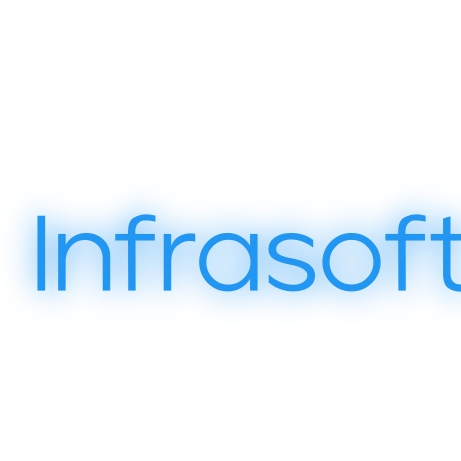The future of software as a service (saas)
Software as a Service (SaaS) has revolutionized the way businesses operate by providing cloud-based applications accessible via the internet. This model eliminates the need for enterprises to install and maintain software on individual machines, offering a cost-effective and scalable solution for various business needs.
2. Current Trends in SaaS
As digital transformation becomes a priority, more industries are adopting SaaS solutions to streamline operations and enhance customer experiences. From healthcare to finance, SaaS is becoming integral to business strategies.
Modern SaaS platforms offer advanced customization options, allowing businesses to tailor applications to their specific needs. This trend is driven by the demand for personalized user experiences and the need to differentiate in competitive markets.
AI and machine learning are increasingly being integrated into SaaS platforms, providing businesses with powerful tools for data analysis, predictive analytics, and automation. This integration is enhancing decision-making processes and operational efficiency.
3. The Role of SaaS in Digital Transformation
SaaS solutions streamline processes by automating routine tasks and providing real-time data access, which helps businesses improve productivity and reduce operational costs.
One of the key advantages of SaaS is its scalability. Businesses can easily adjust their usage based on demand, making it an ideal solution for growing enterprises looking to expand without significant upfront investments.
With the rise of remote work, SaaS platforms have become essential for facilitating collaboration and communication among distributed teams. These tools provide seamless access to shared resources and enable effective teamwork regardless of location.
4. Emerging Technologies Shaping the Future of SaaS
The rollout of 5G networks is set to enhance SaaS performance by providing faster and more reliable internet connectivity. This will enable more complex applications and improve user experiences.
Edge computing is transforming SaaS by bringing data processing closer to the source, reducing latency and improving performance. This is particularly beneficial for applications requiring real-time data processing.
Blockchain technology is being integrated into SaaS platforms to enhance security and transparency. This is particularly relevant for industries that require secure data transactions and compliance with regulatory standards.
5. Challenges and Considerations for Enterprises
As SaaS adoption grows, so do concerns about data security and privacy. Enterprises must ensure that their SaaS providers comply with industry standards and regulations to protect sensitive information.
With the proliferation of SaaS applications, businesses face the challenge of managing multiple subscriptions and ensuring that they are effectively utilized. This requires strategic planning and oversight to avoid unnecessary costs and inefficiencies.
For SaaS solutions to be effective, they must integrate seamlessly with existing IT infrastructure. Enterprises need to evaluate compatibility and interoperability to maximize the benefits of SaaS implementations.








Comments (0)